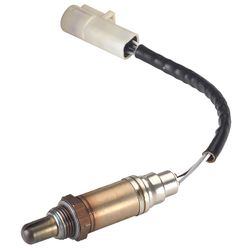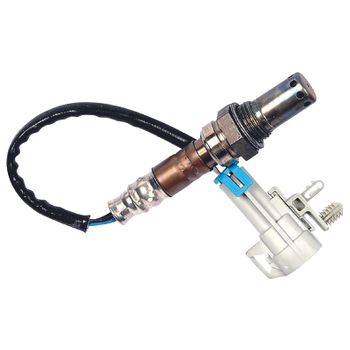The Importance of Oxygen Sensors
The Importance of Oxygen Sensors
Oxygen sensors are vitally important and highly misunderstood.
 They are pivotal for providing feedback to the Engine Control Unit
(ECU) to trim fuel supply to the engine and thus ensuring the highest
fuel efficiency and lowest emission.
They are pivotal for providing feedback to the Engine Control Unit
(ECU) to trim fuel supply to the engine and thus ensuring the highest
fuel efficiency and lowest emission. Oxygen sensors read the oxygen content of the exhaust gases and compare it to the oxygen level in the atmosphere.
The ECU uses this data to control the fuel supply through the injectors to an air/fuel ratio of 14.7:1, known as the stoichiometric ratio.
Their role is relatively simple but understanding how they interact with the rest of the engine management system can be confusing.
Diagnosing whether the oxygen sensor is a cause or a symptom can be quite difficult.
In many cases oxygen sensors are in perfect working order and DTC’s that relate to oxygen sensors are only identifying that something else is failing in the vehicle.
The range and breadth of Diagnostic Trouble Codes (DTC’s) is considerable, leading to regular misdiagnosis.
Design and technology of oxygen sensors has changed dramatically over the years. Original versions were only single wire, progressing up to 4, 5 and even 6 wire sensors. Automotive use expanded from single sensor to multiple sensors within the exhaust system.
The common automotive format is a Pre-cat sensor primarily for the control of the air/fuel mixture and a Post-cat sensor designed for diagnosing the efficiency of the catalytic converter.
Cooldrive carries an extensive range of oxygen sensors from genuine manufacturers covering brands like Mazda, Toyota and Mitsubishi. Cooldrive has products from OE manufacturers like Bosch, NTK and Denso to supply the needs of the tradesman.
It is important to always use quality brands ensuring peace of mind for you and your customer.
At Cooldrive we have in-depth product knowledge and are able to assist with any of your enquiries.




